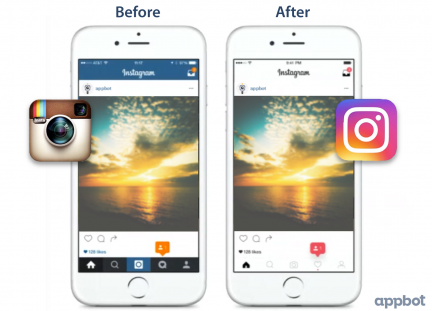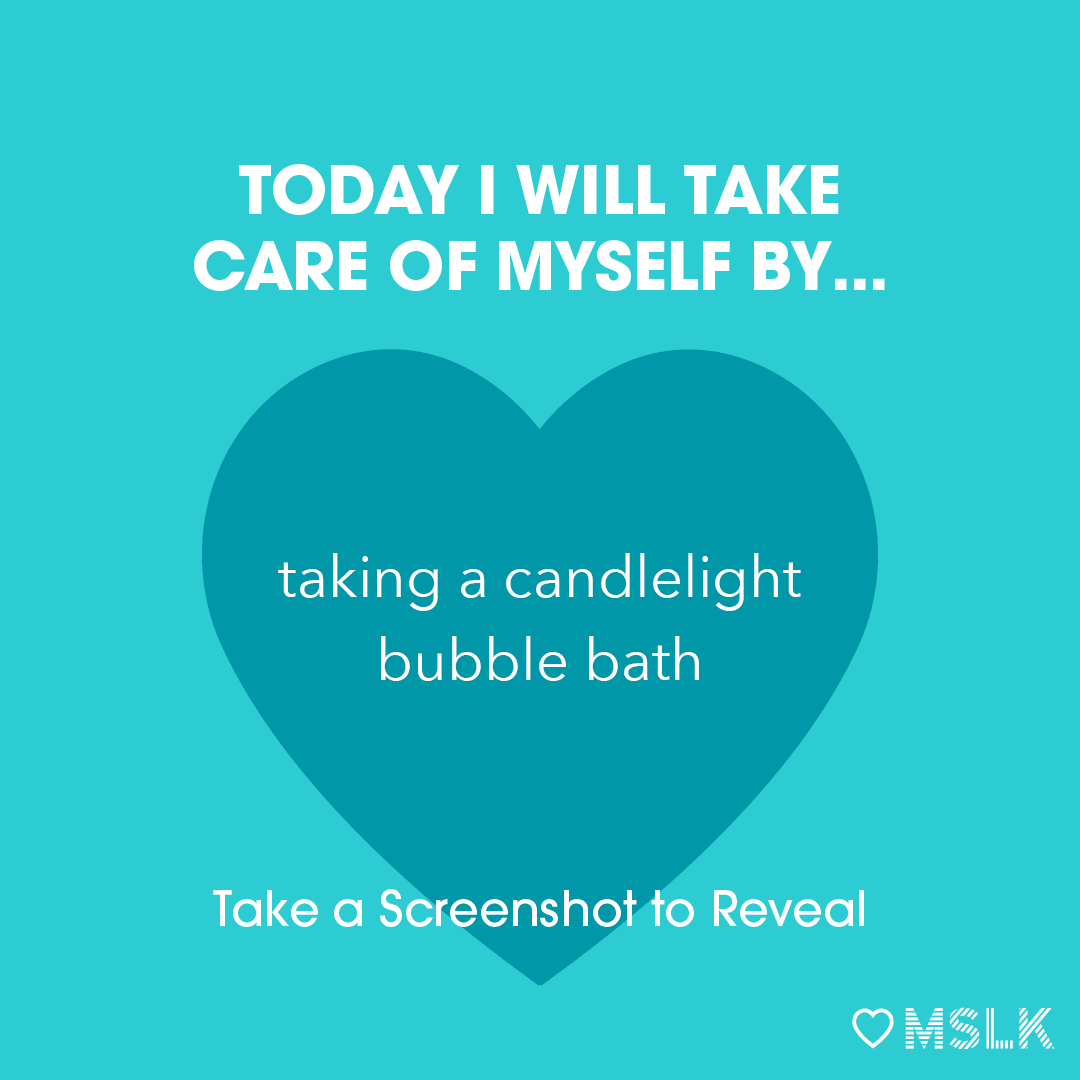
Top 5 Trends in Beauty Marketing for 2020

The end of the decade is around the corner, and aside from all of your Facebook friends’ “Ten Year Challenges”, there is no better time to reflect on all that the 2010’s have brought. A surge of social media, influencers, Amazon Prime… it is hard to imagine a time where these outlets didn’t even exist. The aforementioned have changed retail as we know it, and brands have had to adjust accordingly in order to acquire and keep customers. Social media has given brands the opportunity to immediately see what consumers respond to; insights and analytics bring light to what posts and campaigns work best. So, what is working best? We’ve taken a look at viral campaigns and successful strategies to determine the top trends in beauty marketing for 2020.
1. Be an Activist
What does your brand stand for? Highlighting your company causes and values in marketing is starting to pull favor in consumers, with 87% of people choosing a product because a company “advocates for an issue they care about.” This is especially relevant to Gen Z. In fact, sources state that Gen Z-ers are more likely to mobilize around causes they believe in. But, make sure it is the right cause; 76-81% of Gen Z-ers will stop buying from a certain brand and spread the word if they believe a brand’s campaign is “homophobic, racist, or macho” (i.e. supports toxic masculinity).
Shared values – whether it be social causes, human rights, animal rights, fighting climate change, etc. – help brands connect with consumers’ hearts. Now more than ever, a majority of consumers want transparency, and this includes what causes the company is supporting. Want to build trust? Ninety-percent of Americans are more likely to trust a brand that supports or has its own philanthropic giving program.
Vegan beauty is continually gaining traction on Google search, and cruelty-free beauty is becoming a baseline for younger consumers. Brands like LUSH, Kat Von D, Too Faced, and Tarte are making cruelty-free and vegan hot with their modern and eye-catching packaging and marketing. Gone are the days of “crunchy hippy designs of yesteryear,” as design also plays a part in these cause-focused brands’ presences.

2. Sustainability
We believe that sustainability in beauty packaging is becoming a “must” for brands. How does this connect to beauty marketing? Make sustainability a priority and make it known.

Similarly to “Be An Activist”, younger consumers are seeking out brands who not only support the causes they care about, but also the ones that are doing something about it. LUSH, which is known for it’s ethically-conscious products, recently opened its first completely package-free store, recognizing the issue of excessive waste from both single-use plastics and retail spaces. Marketing this concept as one of the first major brands to open a packaging-free space has caused buzz all over the industry.
Studies show that millennials are more willing to pay a premium for sustainable products. Gen Z, not so much, but they still want these products. Creating “engagement initiatives” and customer rewards to combine with sustainability issues is a “win-win”: for example, MAC’s recycling program in exchange for free product.
3. Clean Beauty

Social media has become an outlet for consumers to demand what they want, and one of the most prominent demands has been clean beauty. You may have noticed the phrase showing up all over labels, and with Sephora’s Clean Beauty category launching in 2018, it is a trend that is impossible to ignore. Clean beauty had a 27% growth just between 2017-2018, and $320 million in sales in 2018.
What exactly makes your product “clean”? The “Clean Label” has its origin in the foods industry, which means that the food does not use artificial colors or flavors and reduces additives and therefore ingredient lists. Once consumers learned more about what was in their food, they realized the same applied to their beauty products.
Clean beauty is an important sect of the industry to tap into because of all the qualities it possesses: simplified formulas with familiar ingredients and “free-from” unnecessary additives, safer and natural ingredients that are non-irritating and non-toxic, responsibly sourced ingredients, environmentally safe ingredients and production process, and truth in advertising. Whatever your product may be free from, or what special natural ingredients it possesses, tout it! Cosmetics and Toiletries states that 78% of consumers trust transparent brands and 73% are willing to pay more for products from transparent brands.

4. Accessibility
MSLK is no stranger to supporting the accessibility movement. Aside from making sure your packaging is useable for all consumers, it is equally important to promote inclusivity in imagery and marketing. As this trends in beauty marketing, it is truly making a difference for many groups of people.
In an article for Dazed Beauty, head of communications at disability equality charity Scope – Warren Kirwan, notes the necessity of accessibility: “Disabled people deserve the same chance as everyone else to look and feel good… But inaccessible products, shops, and websites – along with a lack of representation – mean disabled people can end up forgotten by the fashion and beauty industry… Accessible shopping is business-savvy and makes our society more beautiful for everyone.”
In early 2019, model Kate Grant made history by becoming the face of Benefit Cosmetics liquid eyeliner campaign. As a person with Downs Syndrome, Kate opened up a world of representation for a marginalized group of people: “she is paving the way for people coming behind her,” her mother told Metro. “Kate is aware of that and wants to spread awareness about inclusion for people with disabilities and that is what she has done from the very start.” By putting Kate at the forefront of their campaign, Benefit received praise for making sure representation was mainstream.

5. Be YOU
Eliminating gender in products has been on the rise, partially thanks to the Pink tax movement and to Millennial’s and Gen-Z’s evolving point of view on gender.
A survey of US teens found that 56% knew someone who went by gender neutral pronouns, well over the majority. “That brands must reflect this diversity is now a basic expectation,” GCI Magazine states. The importance of gender fluidity to the younger demographic can come down to their value of individuality. Tapping into the reality of each and every member of a customer base has a unique and diverse background is a benefit: “Rigid socio-demographic definitions no longer apply… [this reveals] an evolving society,” (GCI) Thinking outside the box of who your audience may be truly opens up the opportunities to a spectrum of customers.
Brands such as Fenty, Panacea, and Jecca have been making waves by simply assuming that their products could be “used by anyone.” With campaigns featuring men, women, and non-binary people, their marketing reaches out to cisgender people, transgender people, and everyone in between. “More than just ‘we whacked some make-up on a dude’ tokenism, these companies are true pioneers for the changing face of beauty,” George Driver of Elle Beauty explains. “The message? You do you.”

(Source: Fashion Spot)
MSLK is featured as one of New York’s top Brand Strategy Companies.

